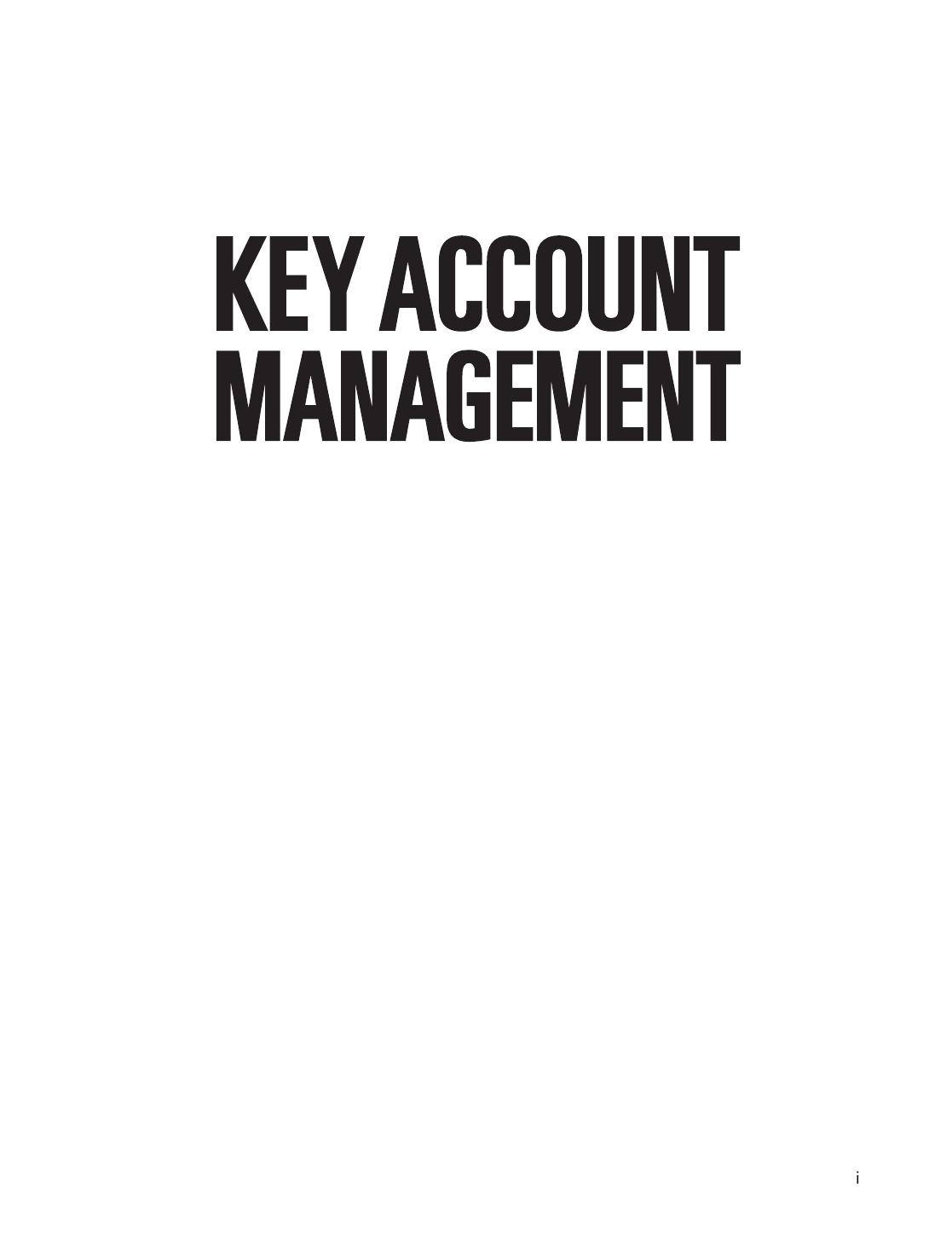Key Account Management: Tools and Techniques for Achieving Profitable Key Supplier Status by Peter Cheverton

Author:Peter Cheverton
Language: eng
Format: mobi, epub, pdf
Publisher: Kogan Page
Published: 2015-02-02T14:00:00+00:00
being the lowest-cost supplier;
being a differentiated supplier.
Success is not necessarily the result of the choice itself – either strategy can work in a variety of circumstances – rather it is the result of the ability to focus the whole business on whichever route is chosen. Failure usually comes when a business vacillates between the two, becoming in Porter’s words an ‘in-betweeny’, often the result of functions or departments working in opposition to each other.
The implications for the budding strategic supplier and their activities are clear: aim to support the customer’s chosen strategy, and try to avoid becoming entrapped in any internal disputes over direction or priorities. As with many of these strategic supplier ambitions, that is no easy task: the politics of your customer’s internal workings can be a dangerous area and, while the traditional salesperson might be well advised to keep clear, the KA manager must be prepared to enter within, a task requiring the skills of the political entrepreneur, as described in Chapter 31.
Being the lowest-cost supplier
Don’t confuse this with being the lowest priced. An expert practitioner of this strategy once said to me: ‘The trick is to be the lowest-cost supplier, but not to let the market know!’, advice ignored by many a CEO who chooses to boast publicly of their lowest-cost position while the salespeople take cover under a fusillade of demands for price cuts from all too delighted buyers.
Getting the operational costs down, all along the supply chain from R&D to procurement, through manufacturing and on to sales and distribution will improve margins when times are good, protect margins when times are bad, and allows the use of a low-price weapon as and when times call for competitive aggression; a great way of discouraging potential new entrants.
Nor should you confuse this strategy with being ‘cheap’, or tardy, or following a course of disinvestment, though sometimes it must be admitted those are the sub-optimal routes chosen, but perhaps it is unlikely that such a customer would be ranked among your key accounts. Many cost-reducing strategies, and particularly the long-lasting ones, involve significant levels of investment, especially in new cost-saving technologies. Walmart was one of the first to develop and use the IT systems that used product barcodes swiped through the supermarket checkout scanner to automate the replenishment process – a huge investment, but long since repaid many times over. Dell Computers rose to fame through their ability to take huge costs out of the supply of computer hardware as a result of their use of the internet as a sales medium; one of the first. In the airline business, the likes of EasyJet and Ryanair took out the expensive middlemen by developing online ticket purchasing, another example of huge investment in pursuit of a lowest-cost capability.
In each of these cases the requirements placed on the IT suppliers was not for them to reduce prices, indeed the customer was more than prepared to pay a premium if working with the best supplier helped them achieve their lowest-cost supplier goals.
Download
Key Account Management: Tools and Techniques for Achieving Profitable Key Supplier Status by Peter Cheverton.epub
Key Account Management: Tools and Techniques for Achieving Profitable Key Supplier Status by Peter Cheverton.pdf
This site does not store any files on its server. We only index and link to content provided by other sites. Please contact the content providers to delete copyright contents if any and email us, we'll remove relevant links or contents immediately.
Influence: The Psychology of Persuasion by Robert B. Cialdini(4601)
The Miracle Morning by Hal Elrod(4422)
The Hacking of the American Mind by Robert H. Lustig(4085)
Pre-Suasion: A Revolutionary Way to Influence and Persuade by Robert Cialdini(3977)
Unlabel: Selling You Without Selling Out by Marc Ecko(3470)
Ogilvy on Advertising by David Ogilvy(3328)
Hidden Persuasion: 33 psychological influence techniques in advertising by Marc Andrews & Matthijs van Leeuwen & Rick van Baaren(3292)
Purple Cow by Seth Godin(3069)
Who Can You Trust? by Rachel Botsman(3024)
Kick Ass in College: Highest Rated "How to Study in College" Book | 77 Ninja Study Skills Tips and Career Strategies | Motivational for College Students: A Guerrilla Guide to College Success by Fox Gunnar(2998)
This Is Marketing by Seth Godin(2901)
I Live in the Future & Here's How It Works by Nick Bilton(2844)
The Marketing Plan Handbook: Develop Big-Picture Marketing Plans for Pennies on the Dollar by Robert W. Bly(2795)
The Power of Broke by Daymond John(2774)
Building a StoryBrand by Donald Miller(2754)
The 46 Rules of Genius: An Innovator's Guide to Creativity (Voices That Matter) by Marty Neumeier(2678)
Draw to Win: A Crash Course on How to Lead, Sell, and Innovate With Your Visual Mind by Dan Roam(2639)
The Tipping Point by Malcolm Gladwell(2558)
Market Wizards by Jack D. Schwager(2540)
